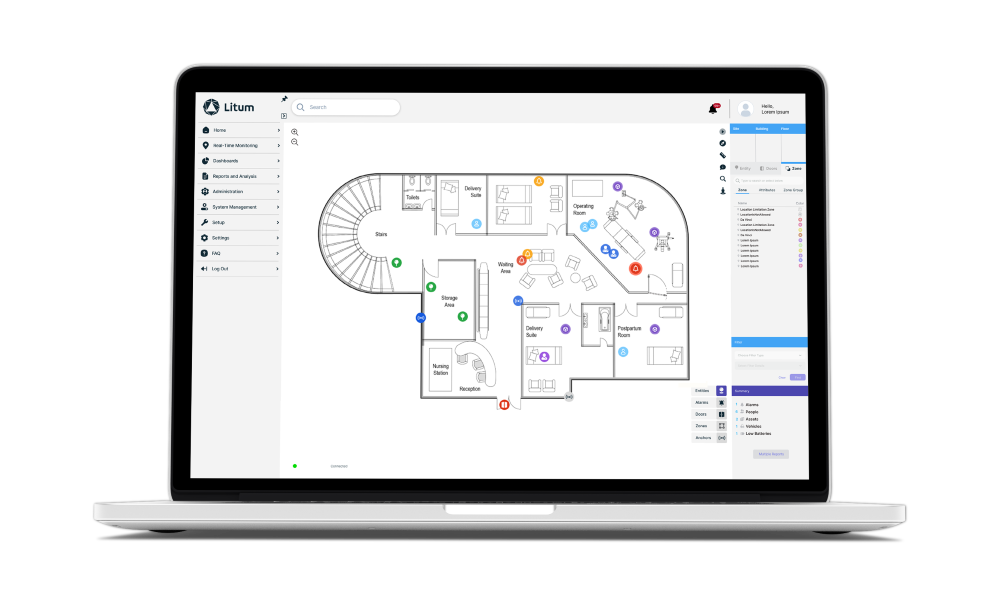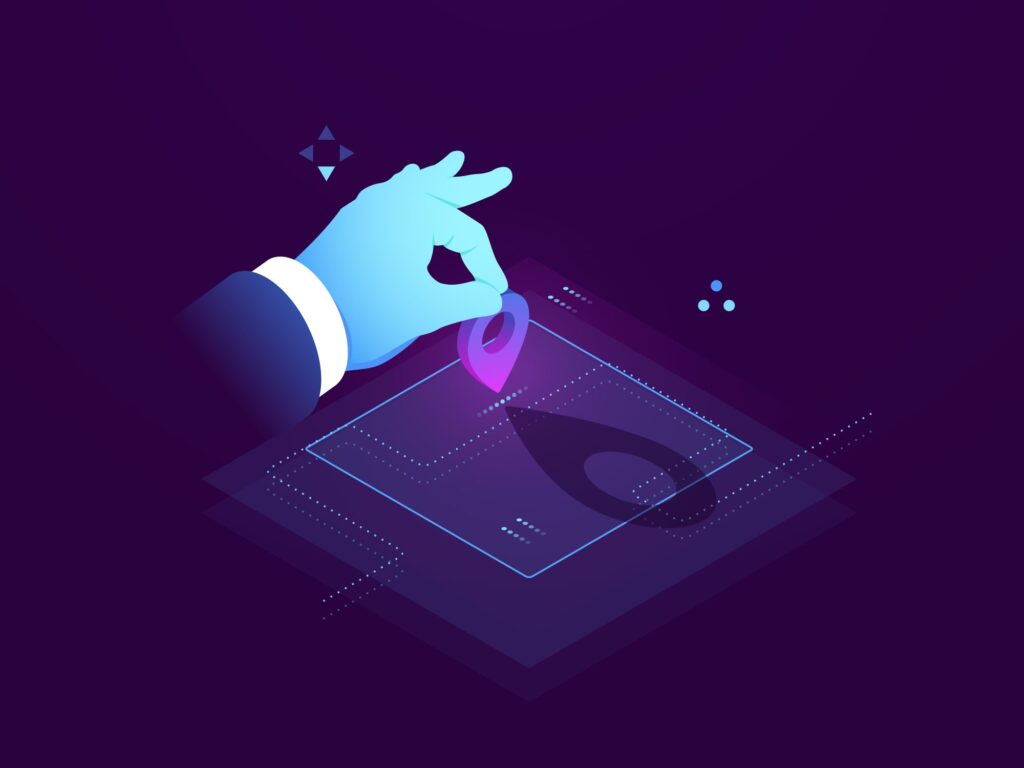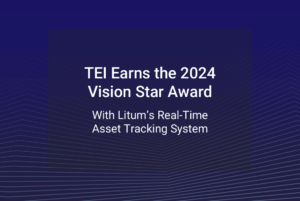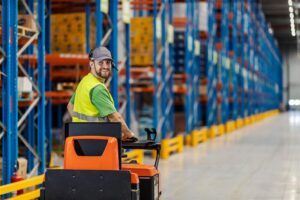Table of Contents
Why Location Matters More Than Ever
As organizations navigate increasingly complex environments – whether it’s a hospital emergency department, a manufacturing plant, or a busy warehouse – real-time visibility has become essential. The ability to instantly locate assets, safeguard people, and streamline workflows directly impacts how efficiently an operation can run.
That’s where Real-Time Location Systems (RTLS) come in.
What Is RTLS?
Real-Time Location Systems are intelligent solutions that track the real-time location and status of equipment, vehicles, or people inside a building or defined space.
RTLS bridges the gap between the digital and physical world. It allows you to:
- See where your assets are right now
- Monitor staff safety in real time
- Track processes as they happen
- Respond immediately to unusual activity
If you’ve ever needed to find a missing wheelchair in a hospital or prevent a forklift accident on a warehouse floor, you already understand the value real-time location systems brings.
How RTLS Works
While the technology behind real-time location systems can be complex, the basic process is straightforward:
- Tags are attached to assets or worn by people.
- Anchors installed across the site receive signals from those tags.
- The location engine calculates each tag’s position based on signal data.
- A software platform visualizes everything on a digital map and triggers alerts when needed.
RTLS gives you visibility, automation, and control – without manual intervention.
Common Technologies Behind RTLS
Not all RTLS technologies are created equal. Each has its own strengths depending on the use case:
- Ultra-Wideband (UWB): High-precision tracking, ideal for safety-critical zones (e.g. infant security, forklift collision prevention)
- Bluetooth Low Energy (BLE): Cost-effective for large-scale deployments like asset tracking or patient flow
- Wi-Fi: Leverages existing infrastructure, but typically lower accuracy
- RFID: Works well for proximity-based applications (e.g. access control), but not real-time location
Today’s most robust RTLS solutions often combine multiple technologies – a hybrid approach that balances accuracy, cost, and coverage. (Litum’s solutions, for example, use both UWB and BLE to give organizations flexibility without compromising performance.)

Real-World Applications: Where RTLS Delivers Value
Real-time location systems isn’t just for logistics companies or tech startups. It’s already improving outcomes across industries:
Healthcare
- Preventing infant abductions and mismatches
- Alerting security during staff duress incidents
- Locating crash carts, ventilators, or infusion pumps
- Streamlining patient and workflow management
Manufacturing & Logistics
- Reducing forklift collisions with proximity warnings
- Tracking tools, raw materials, and finished goods
- Monitoring lone workers in hazardous areas
- Automating emergency mustering
Construction
- Enhancing safety for workers on active job sites
- Tracking equipment, tools, and materials in real time
- Improving visibility across large, multi-phase projects
- Supporting faster emergency response during site incidents
Aerospace & Defense
- Managing high-value assets with tamper and movement alerts
- Streamlining maintenance workflows for mission-critical equipment
- Ensuring compliance and audit readiness through automated logs
- Securing sensitive areas with real-time connected worker solution
The Benefits of Going Real-Time
RTLS transforms operations by giving you live insight into your physical world:
- Faster response times in emergencies
- Reduced operational costs from lost or underused assets
- Improved staff safety through proactive alerts
- Regulatory compliance made easier through automated records
- Smarter decision-making based on real-time data
These benefits aren’t hypothetical — they’re being realized every day by organizations that have adopted a solution like Litum’s.
Key Components of an RTLS Solution
To understand how it works together as a system, it helps to know the building blocks:
- Tags: Attached to people, tools, or equipment
- Anchors/Gateways: Installed across the environment to pick up tag signals
- Location Engine: Processes signals to determine precise location
- Software Platform: Where users visualize data, receive alerts, and generate reports
- APIs & Integrations: Connect RTLS data to other systems like EMRs, ERP, or access control platforms

Questions to Ask Before You Deploy
Before choosing a provider or starting a pilot, ask:
- What level of accuracy do we need? (Centimeter vs. meter-level?)
- Are we tracking people, assets, or both?
- Do we need to integrate with existing systems?
- Is the solution scalable as we grow?
- What support is available post-deployment?
The answers will help you select the right approach — and the right technology partner.
Looking Ahead: The Future of RTLS
Real-time location systems is evolving fast. New solutions are combining AI, machine learning, and IoT for predictive insights and automated responses. At the same time, hybrid systems that mix UWB and BLE are offering the best of both worlds – high accuracy with scalable costs.
Taking the First Step
Getting started with real-time location systems doesn’t have to be overwhelming. Most organizations begin with a pilot project focused on one high-impact use case – like asset tracking or staff safety – then scale over time.
If you’re ready to explore how RTLS could work for your organization, reach out to a trusted provider who can offer not just technology, but guidance.
Want to Learn More?
Litum specializes in delivering end-to-end RTLS solutions that enhance safety, efficiency, and visibility in some of the world’s most complex environments.




